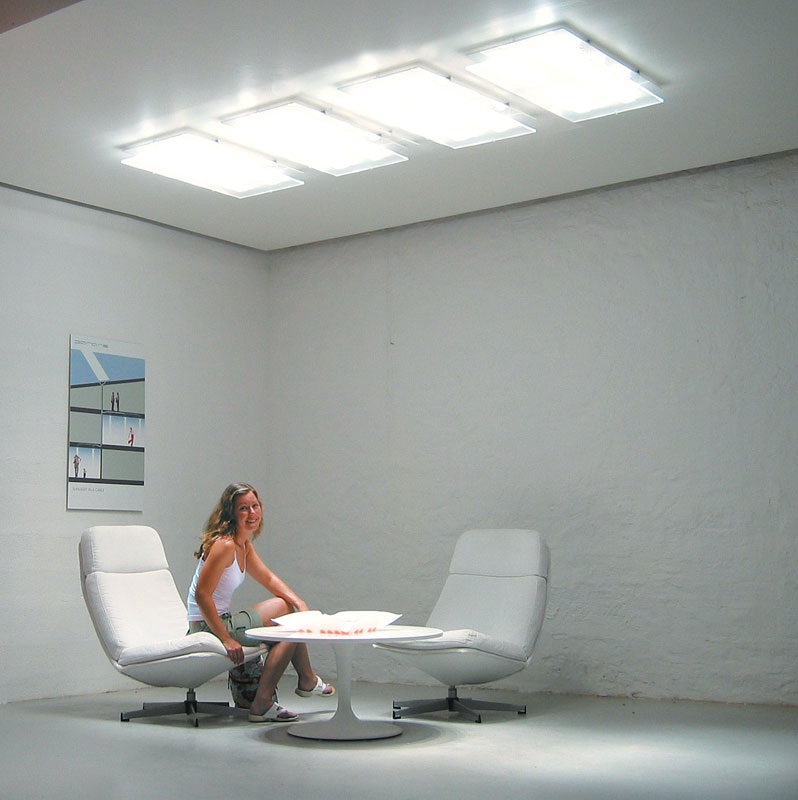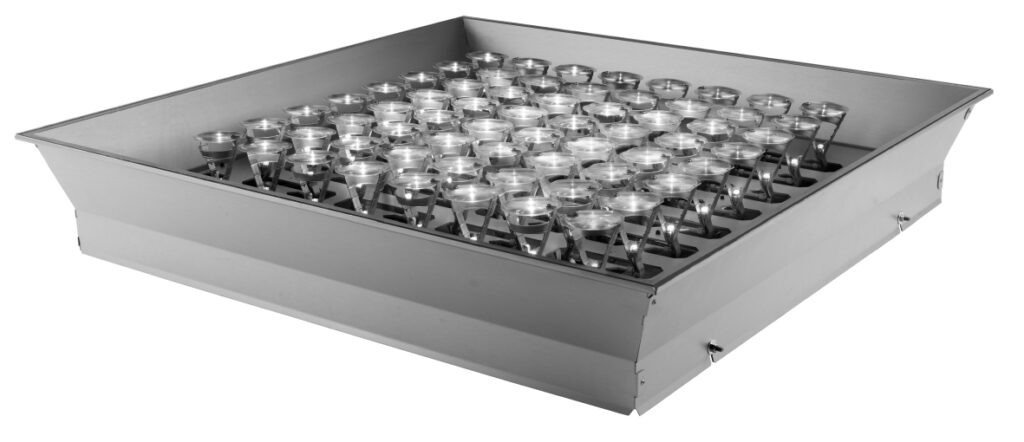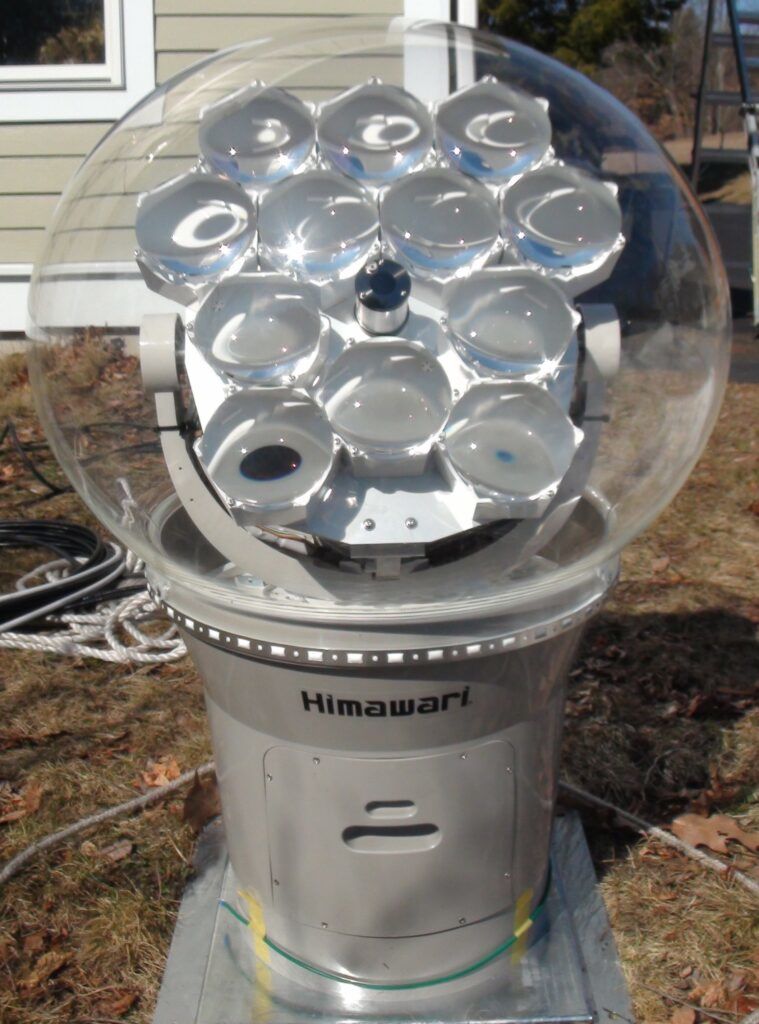Fiber Optics = Sunlight Without Windows

Fiber optics have enabled everything from light-transmitting concrete to see-through wood, but lately have found even more innovative applications for interior daylighting. Passing through a thin wooden wall or concrete block is one thing – but imagine natural light that could wind its way through entire stories of a structure, pushing through walls and ceilings to the innermost windowless spaces of a building.

Tubular skylights and other reflective systems have long made it possible to pass daylight down to the lower levels of an underground interior, but never with this kind of flexible efficiency. Optical fibers have replaced large tubes and over-sized mirrors in the race to miniaturize natural light transmission – a few hundredths of an inch of cable can bend, wrap and twist its way from the roof to wherever it is needed inside.

And on the other end? Diffused lighting fixtures, spotlights, you name it – and for day-and-night variability, the normal natural light can be replaced or supplemented by built-in artificial lights for balanced and consistent levels. For offices and other rooms that are windowless, organic light also brings an element of natural variability as the sky-lit colors shift through shades of orange and blue.

Of course, there is a catch – despite decades of research, this technology from its major producers (HUVCO and Himawari) is still prohibitively expensive for most people. Thus, it is still most widely applied in commercial and office spaces. As more and more adopt it, however, efficiency increases and the price decreases – it should not be long before sustainable homes have these systems (or something like them) built into them from the foundation up.

From Himawari:
“The outdoor collector catches the maximum quantity of sunlight throughout daytime. It is immune from limitations such as the orientation of a room, the exposure of a window, or the altitude of the sun, to which skylight and mirror-reflection systems of other makers are subject. Himawari’s lenses automatically track the sun throughout the day to position themselves at a right angle to the sunlight.”
“Himawari is equipped with an internal clock mechanism, a sun-sensor,
and a microprocessor to calculate the position of the sun and adjust its own angle. In fine weather, the exact location of the sun is ascertained by the sensor. When the sun is hidden behind clouds, it switches to its internal clock mechanism. So Himawari can respond quickly to the conditions, collecting sunlight efficiently in fine weather.”




